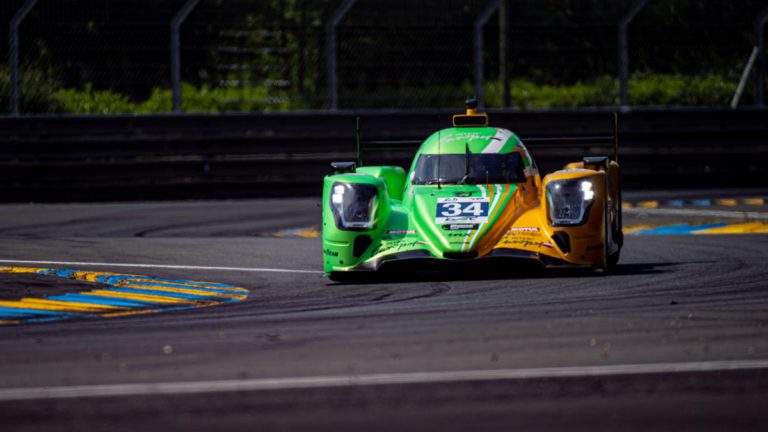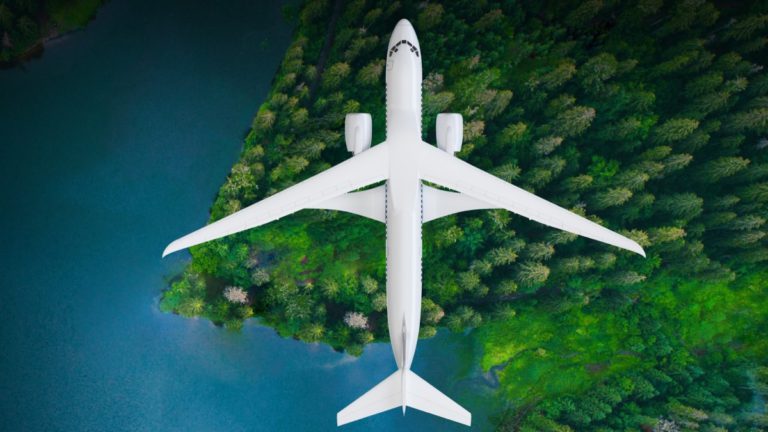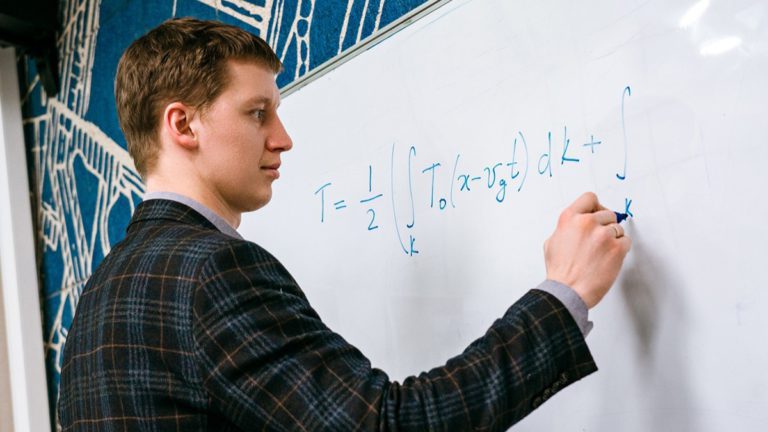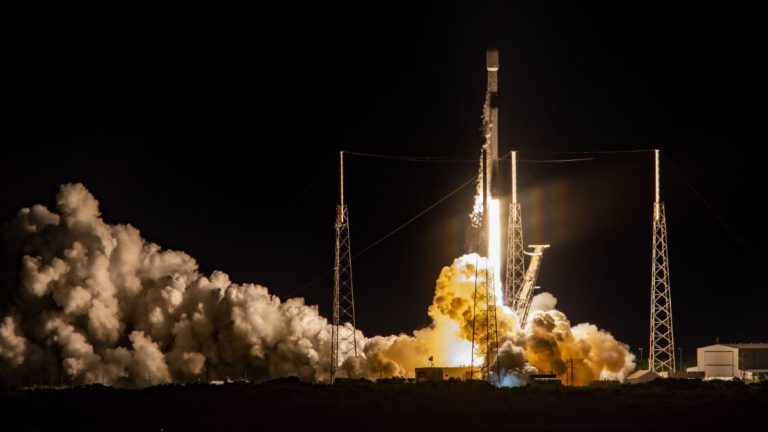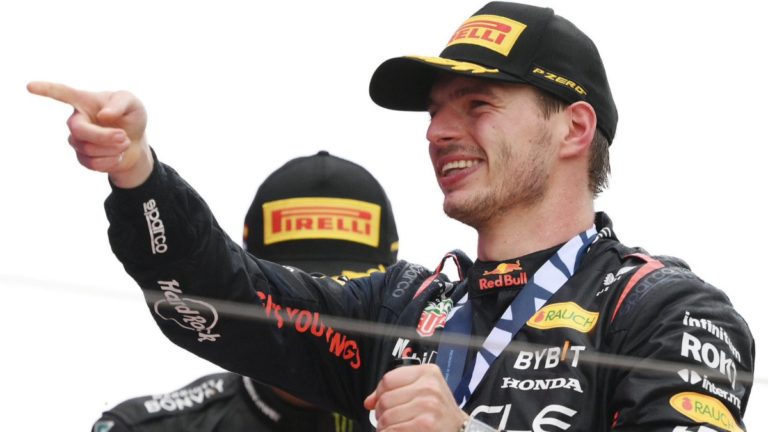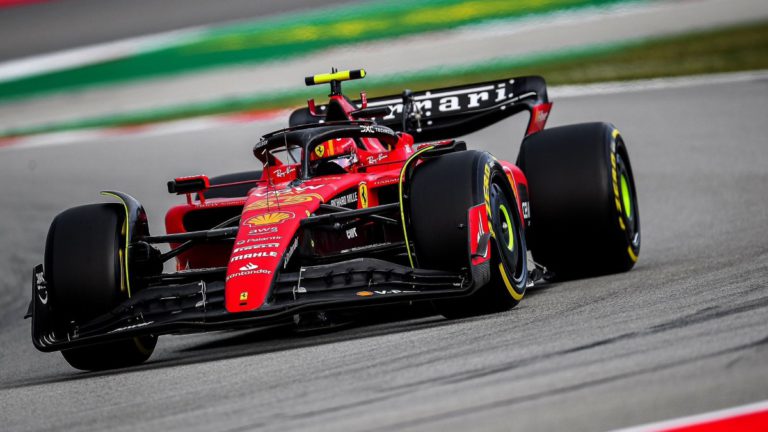FRANCE: Fabio Scherer, a Swiss driver for Inter Europol Competition, displayed incredible resilience as he raced through the gruelling Le Mans 24 Hours with foot injuries sustained early on in the race.
Despite the setback, Scherer and his teammates Albert Costa and Jakub Smiechowski emerged victorious in the LMP2 category, securing the team’s first win at this prestigious endurance race.
The Inter Europol Competition entry faced numerous challenges throughout the race, including a malfunctioning radio that hindered communication between the driver and the pit wall.
However, Scherer’s remarkable determination and adrenaline-fueled performance stole the show. Despite suffering from ligament damage and an incomplete fracture to his mid-left foot, the resilient driver persevered, pushing himself beyond his limits.
Reflecting on the race’s early stages, Scherer admitted that he initially believed his chances of competing were over due to the intense pain.
However, with the help of ice and treatment, he managed to summon the strength to continue. As the adrenaline kicked in, Scherer found his rhythm and pressed on, ultimately leading his team to victory.
His team revealed the full extent of Scherer’s injuries in a statement, stating that he is currently relying on crutches due to the pain caused by the foot injury.
Nevertheless, the driver remains optimistic and determined to bounce back, expressing his eagerness to compete in the upcoming race at Monza.
The win at Le Mans 24 Hours not only secured the LMP2 victory for the Inter Europol Competition but also placed them in 10th position overall, an impressive achievement considering the dominance of the hypercar entries.
The race’s overall winner was Ferrari’s #51, driven by Antonio Giovinazzi, James Calado, and Alessandro Pier Guidi.
Speaking after the race, Scherer expressed his astonishment at the team’s triumph, particularly as a privateer team from Poland.
He emphasised the team’s year-long journey of hard work and restructuring, highlighting the significance of their victory at one of the most renowned endurance races in the world.
The resilience and determination demonstrated by Fabio Scherer throughout the Le Mans 24 Hours exemplify the spirit of endurance racing.
Despite enduring pain and physical limitations, Scherer’s unwavering commitment to his team and the sport propelled him to success.
Also Read: Ferrari Must Offer £80 Million Deal To Lewis Hamilton, Says F1 Commentator

